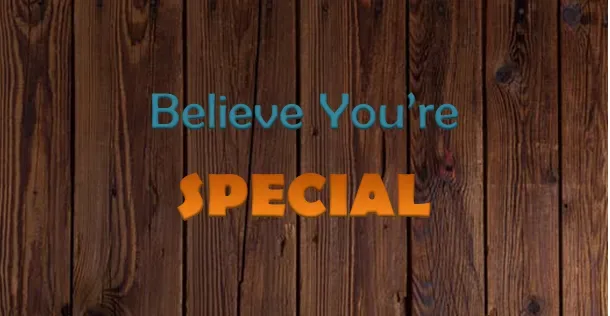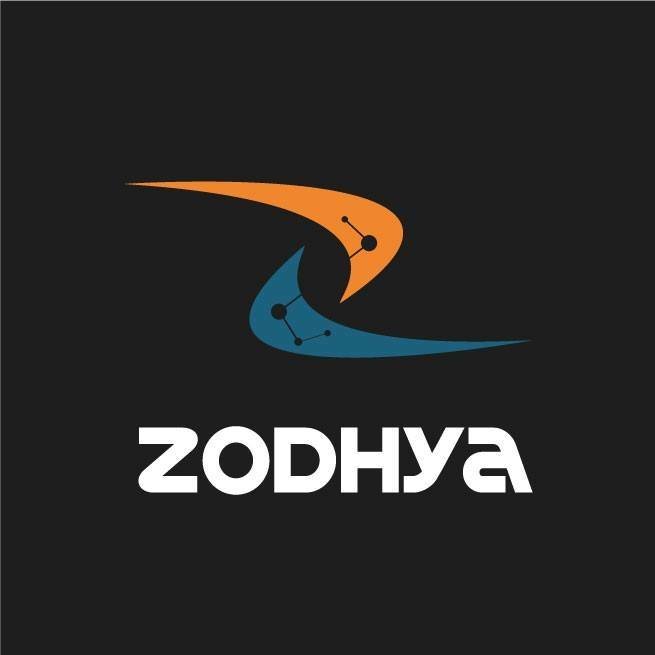This is during the early days of Zodhya when we were making automated LED lights, by the name ‘ilumin’. A light which switches ON based on your presence and adjusts its brightness based on the Daylight availability.
The way we got started was by observing our hostel corridors at IIT. We wanted to reduce the energy expenses of the hostels. So, we started making lights with the above features and an energy-efficient circuit as well.
We started establishing connections both in the market and manufacturing. More of what we learnt during such connections has been written in Chapter 2. As most of the start-up gurus say, we were evaluating Product-market fit for our product. We met with educational institutions predominantly and a few apartments/ residential societies. The questions we asked were:
- Do you use corridor lighting?
- How do you feel when an automated LED light like ‘ilumin’ is installed?
We got an overwhelmingly positive response with 89% happy to use. So, we went ahead with our product development. When we were in the final stages of the launch, we reached out to some educational institutions including our own college to sell.
Most of these being bureaucratic in nature and slower responding ways, we were fighting hard times. After a 6 month struggle failing to sell to this sector, we decided to change the target sector to commercial buildings like IT Parks. When we approached them, they said their highest consumption is from air-conditioning or HVAC which is quite obvious. So, ‘ilumin’ doesn’t fit for the market.
The point of sharing this experience is not to tell you about the harsh conditions of the market. It is about the importance of deep questioning. Though we asked educational institutions about ilumin’s use, we couldn’t understand their commitments. The better and most important questions should have been:
- Is the target customer (here, an educational institution) really concerned with reducing energy bills?
- Why are they using the existing product? Are they looking for any alternatives?
- Who is the decision-maker and how many people are involved in a purchase decision?
- Have you met the decision-maker in person to discuss this?
- What is the estimated sales cycle period, in case you are to make a sale?
Instead of complicating yourself with the words of product-market or market-product fit, it helps to dive into the above questions. There are other questions as well, like how many will be ‘willing’ to put a penny on your product, and how many will you be able to cater to in a given period (let’s say in 6 months). And always, we found questioning our assumptions leads us to better solutions.

